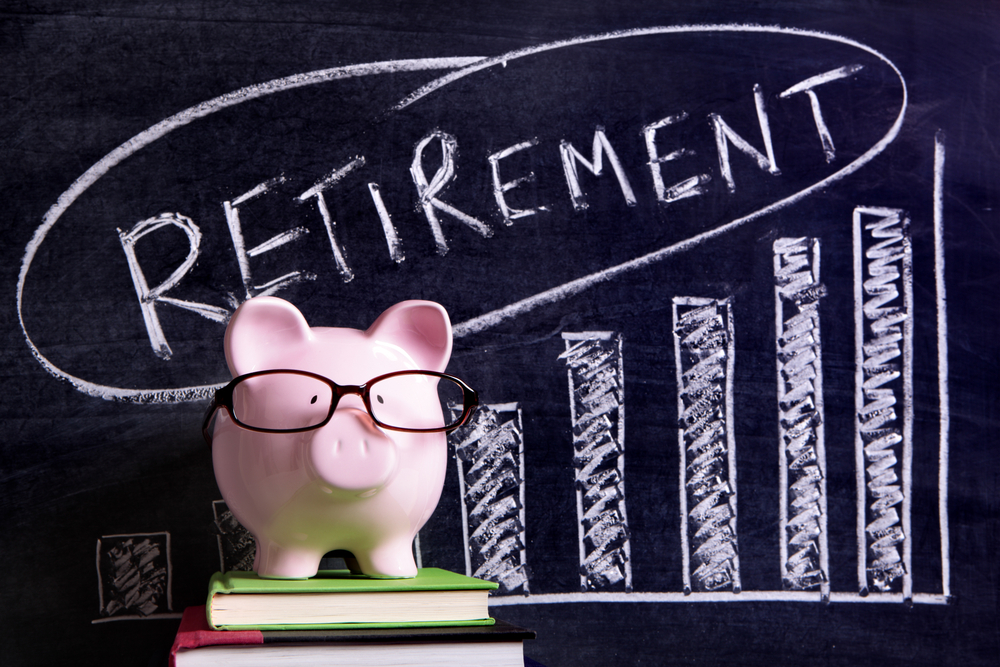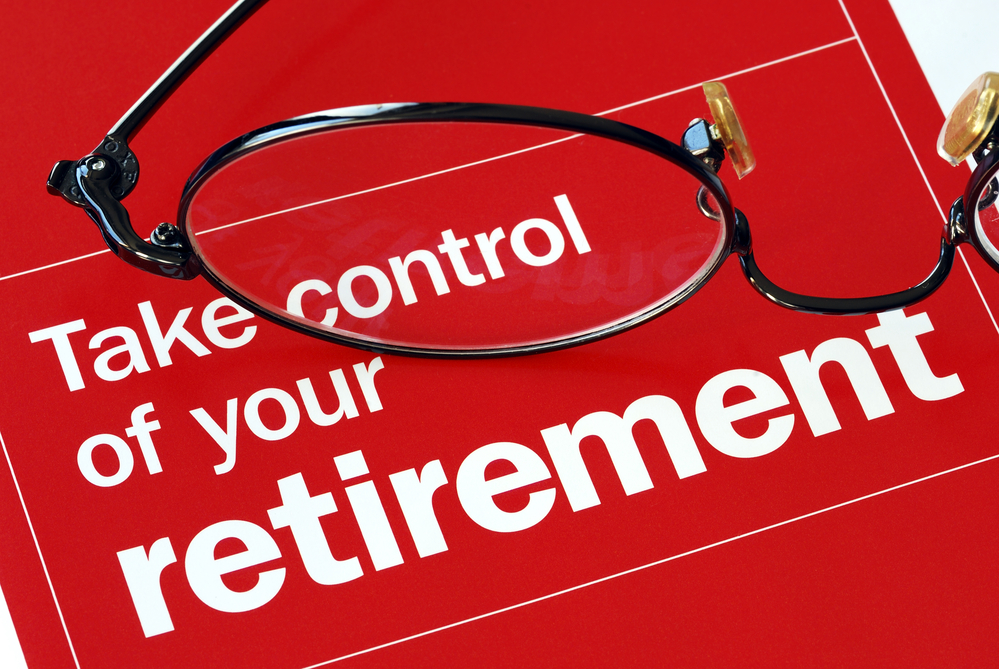All You Need to Know about Early Retirement Planning
It is advisable to have a professional investment manager and financial planner to ensure being on the right track

The world is almost torn in half, with one side striving to have the ability to retire early, and others who despise the thought of a life without an office to report to. However, most miss the fact that life changes; sentiments and priorities change with time. Irrespective of which side of the line you are on, it is imperative you have a financial plan exclusively to secure the late golden years.
Key factors that need to be considered while charting out a solid investment plan for retirement include but are not limited to:
Building It Out
Decide the amount required for retirement: The first step is deciding the amount you would need to invest periodically in order to achieve the required total amount at retirement. This can be computed at basis financial needs, period and externalities. The amount can be calculated as basis current annual expenses and computing the number of years for which the amount needs to last. Multiply the current annual expenses with an expected rate of inflation to arrive at the amount needed for the second retired year. Now, multiply the amount required in second retired year to incorporate the expected inflation rate and arrive at the amount required for third retired year and so on. Considering current circumstances, 10 per cent could serve as a good approximation for expected inflation.
Add all amounts required for all retired years and 10 per cent of the amount to account for an emergency amount. This is the target amount. Basis this compute the monthly investment to achieve the target amount. This depends on your expected rate of return, time remaining and the asset allocation.
Amount for year 2 = (Expected Inflation % x Current annual expenses for Year 1) + Amount for Year 1: Considering current circumstances, 10 per cent could serve as a good approximation for expected inflation.
- How to allocate the money saved: Given the amount required when you retire, you must decide on your asset allocation. Asset classes will include a mix of equities, fixed income and gold. A good rule of thumb is to maintain an 85 per cent allocation to equities, 10 per cent to fixed income and 5 per cent towards future goals if your retirement is more than twenty-five years away from now.
Reduce exposure to equity by 10 per cent for every five years lesser than the base twenty-five years and replace it with fixed income and gold, without letting gold comprise more than 10 per cent of the portfolio at any given point in time.
- Choose the right investment avenues: Once asset allocation is decided, fine-tune the categories within asset classes. You can take on incremental risk basis how far you are from retirement. As you move towards retirement, you must start de-risking your portfolio and seek more consistency and stability. You can start de-risking three years before retirement by gradually moving towards a portfolio with 10-20 per cent equities (preferably large-cap oriented) and the remaining in less volatile categories of arbitrage and/or lower duration, high-quality debt funds.
Though not exactly an investment, it is almost imperative that one accounts for medical emergencies and dependents in case of unforeseen circumstances which can potentially derail the best financial plans. For medical emergencies, one must have a medical insurance with meaningful cover, including critical illnesses. The ideal cover amount may vary given one’s medical history, lifestyle and hereditary medical conditions. Having a medical cover of Rs 5 Lakh or the cover one can afford to basis the premium on, whichever is higher, should be a good starting point. One must try and also buy a pure life cover of at least 5x of current annual income through a term insurance to act as income replacement in case an unfortunate threat to life materialises.
- Distribute the money post retirement to fulfil your needs: Once at retirement and the target investment amount achieved, you must revisit the frequency at which you will require cash flows and automate the same by registering a Systematic Withdrawal Plan (SWP) at desired frequencies. You can set up an SWP by simply intimating your distributor or the asset management company to enable a standing instruction for withdrawal of a specific amount at set intervals. Be sure to account for tax implications on capital gains.
While most pointers discussed rely on broader assumptions around your personal attributes as an investor, it is highly advisable to have a professional investment manager and financial planner to ensure you are on the right track given your personal, unique circumstances.
The author is Co-founder, Fisdom
DISCLAIMER: Views expressed are the author’s own, and Outlook Money does not necessarily subscribe to them. Outlook Money shall not be responsible for any damage caused to any person/organisation directly or indirectly.









